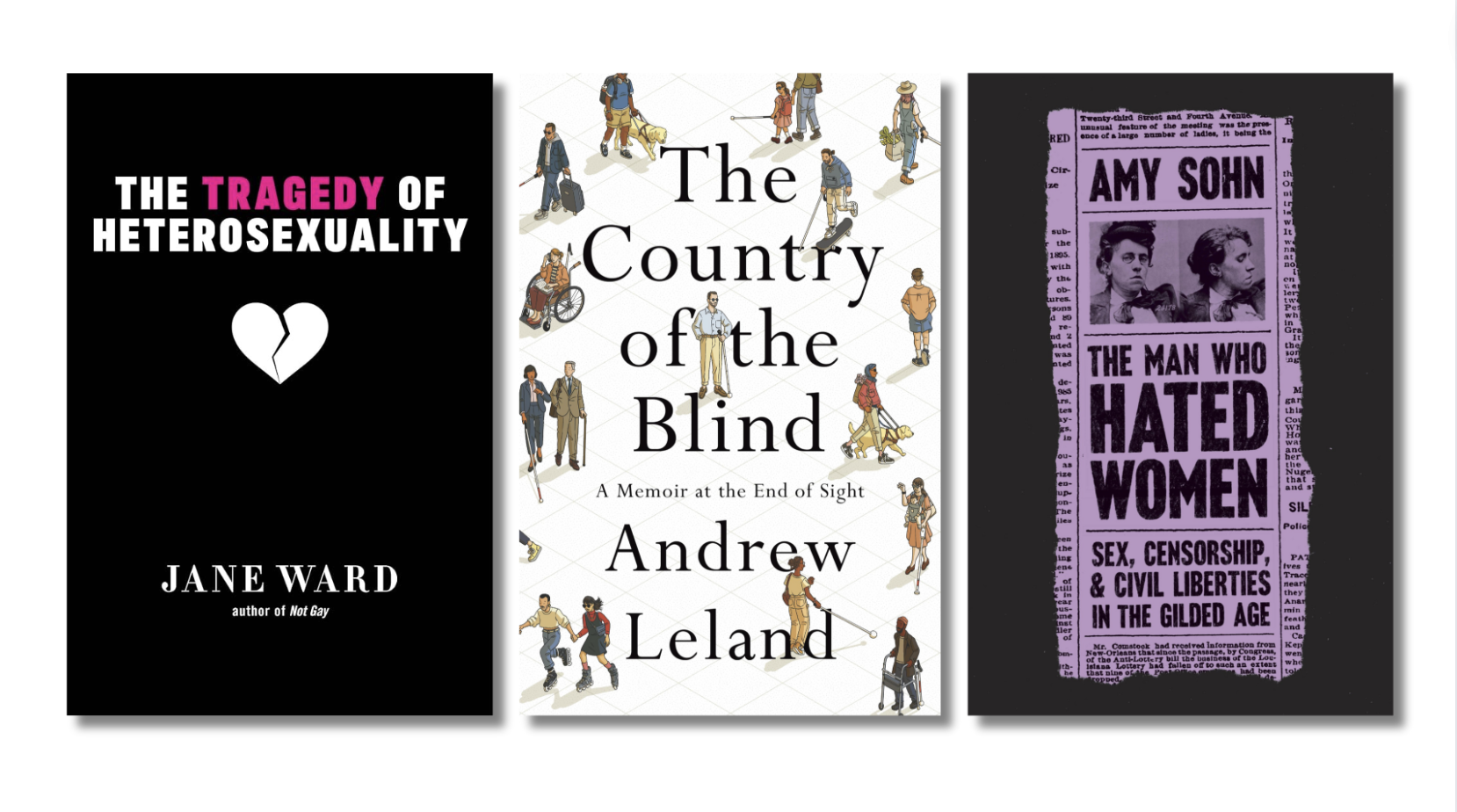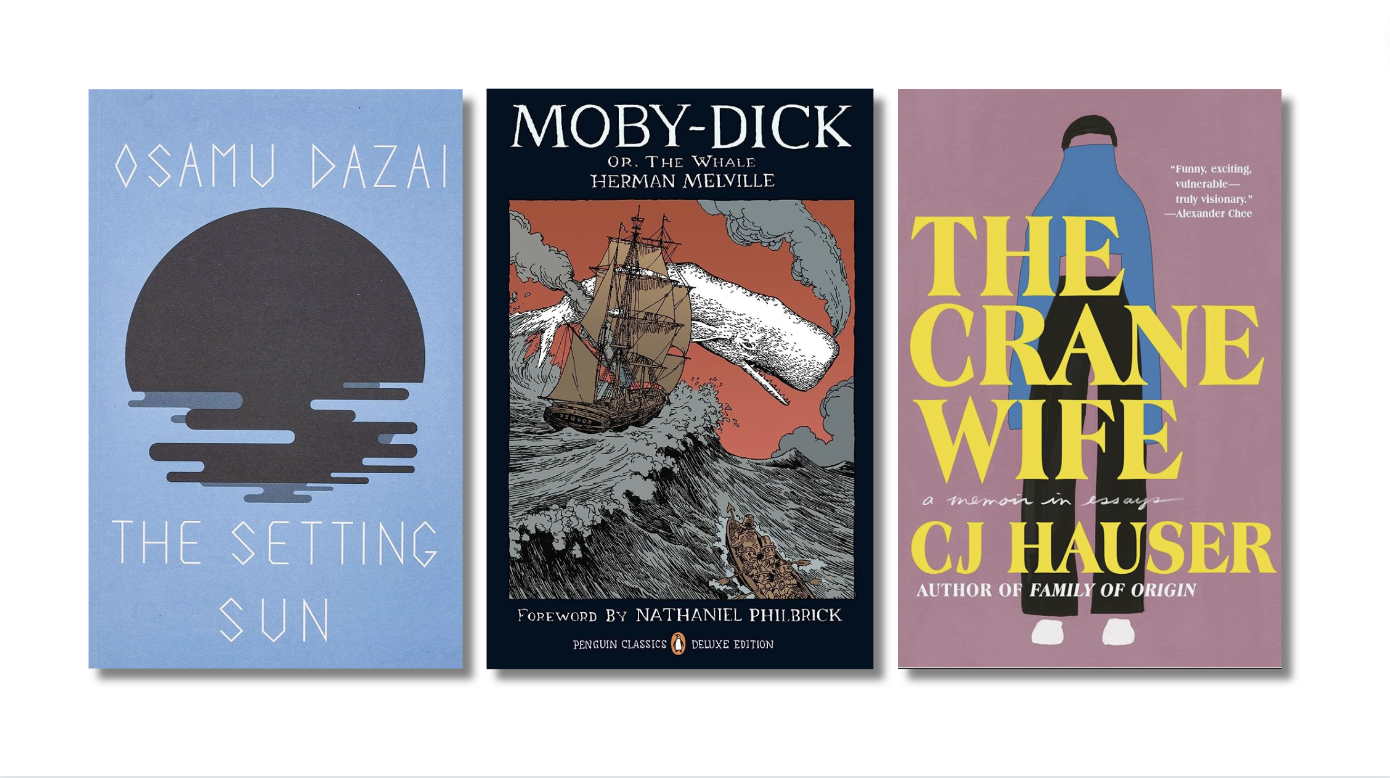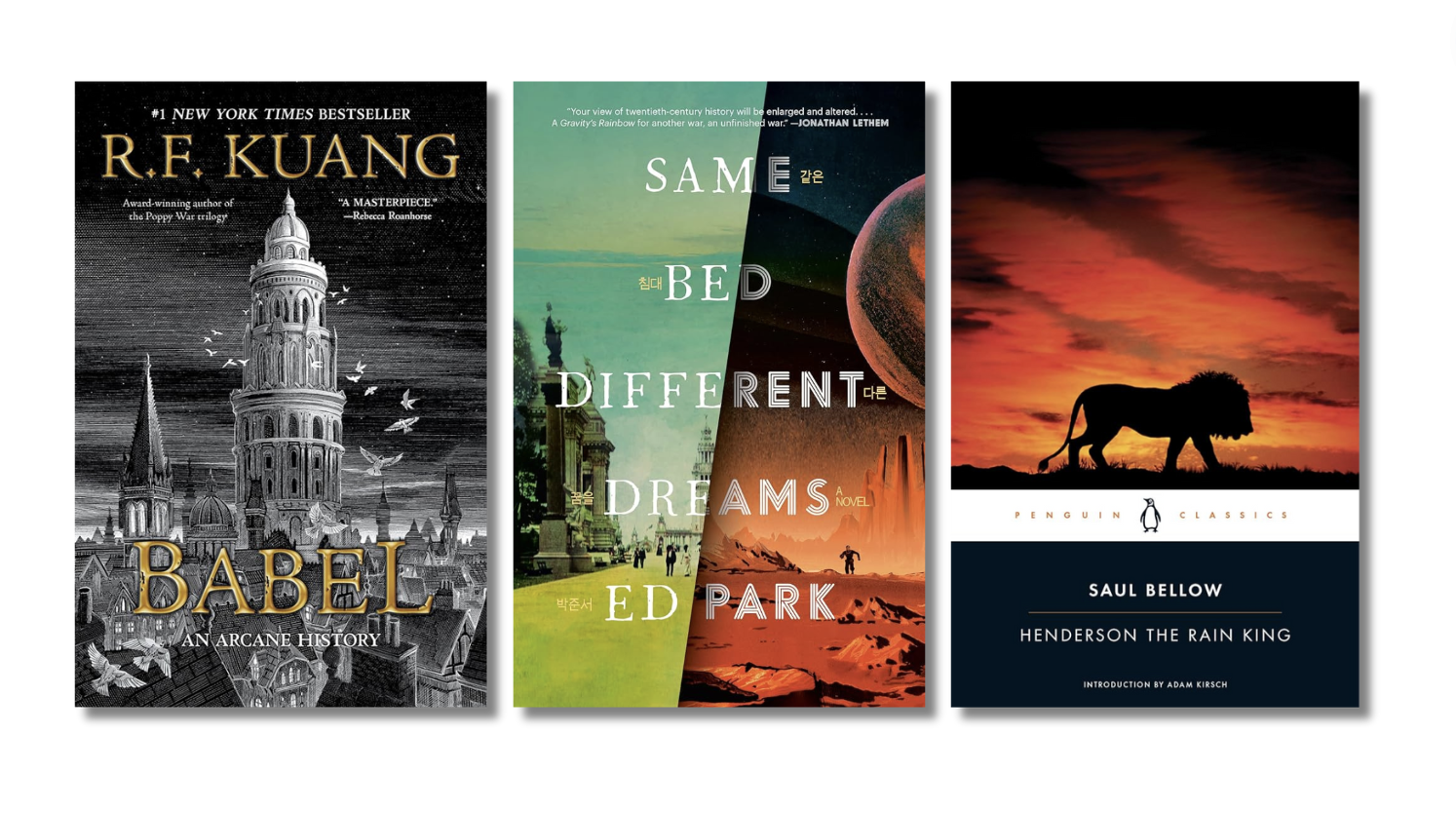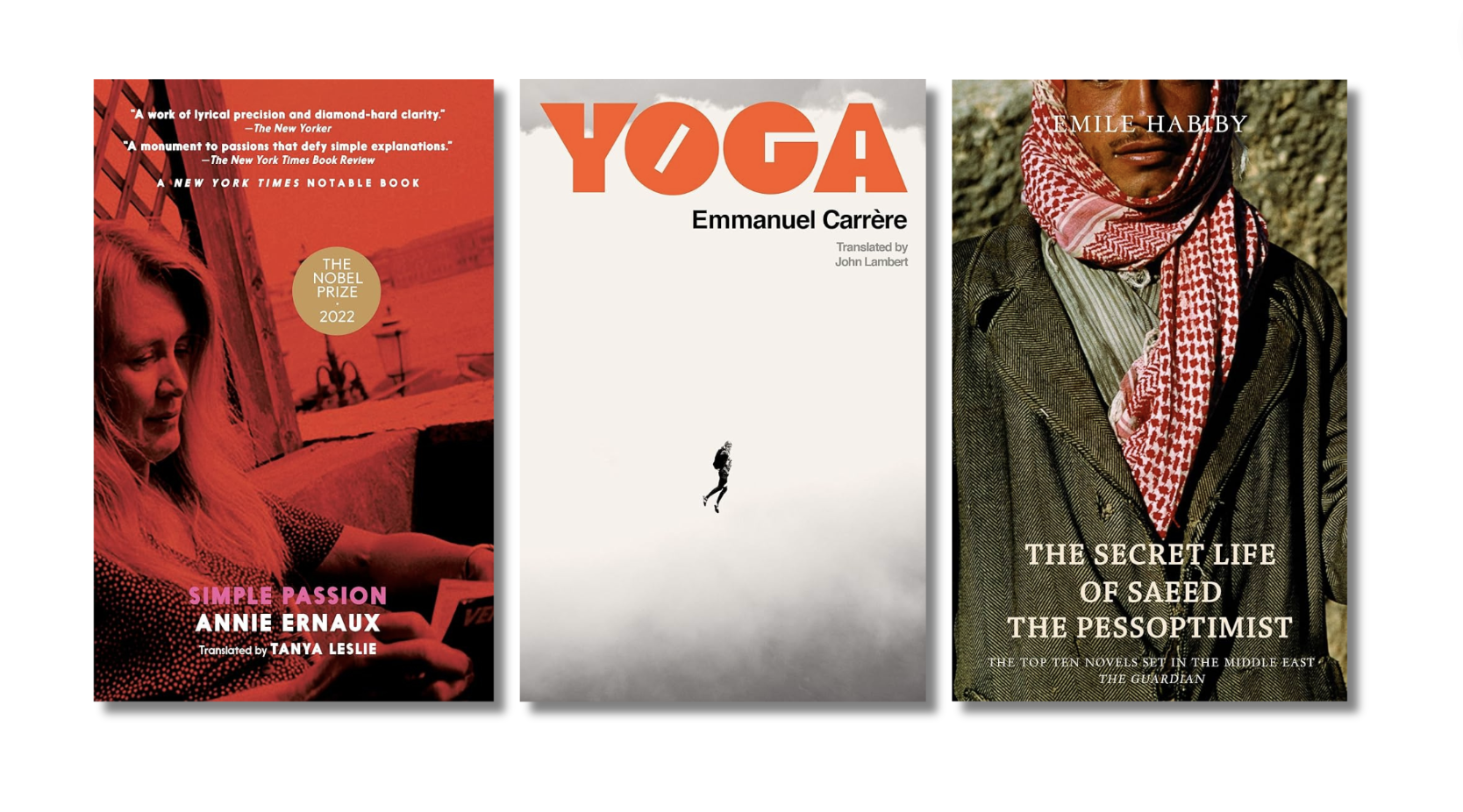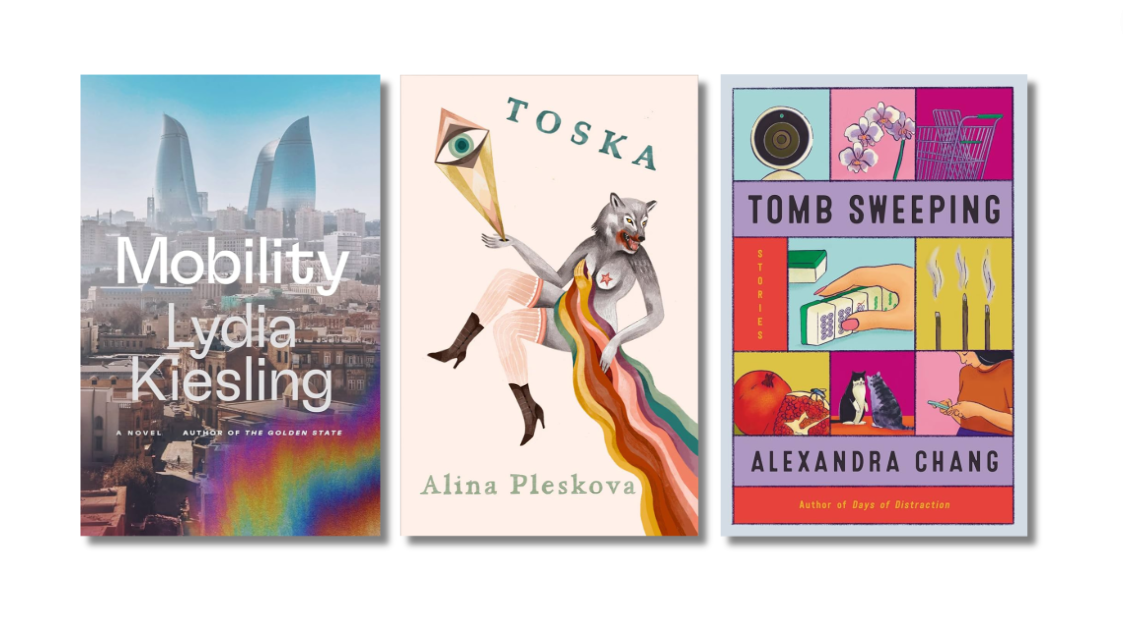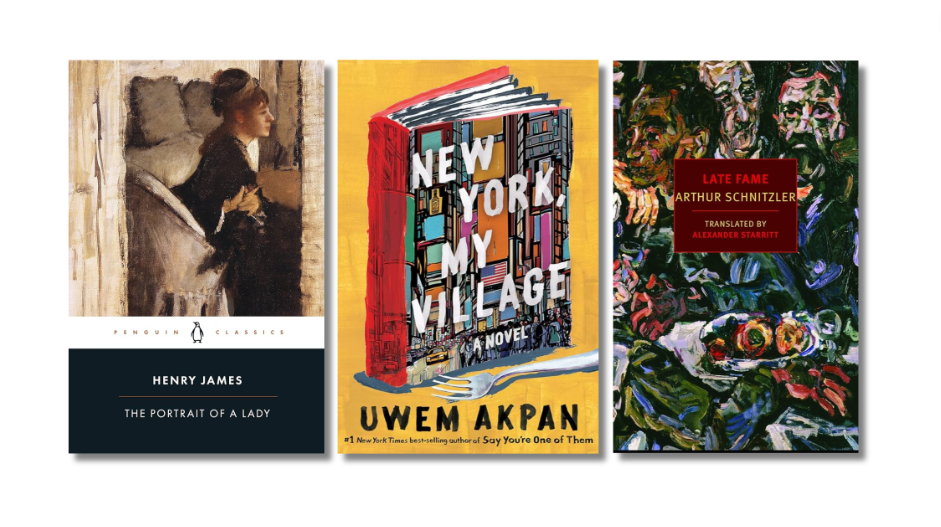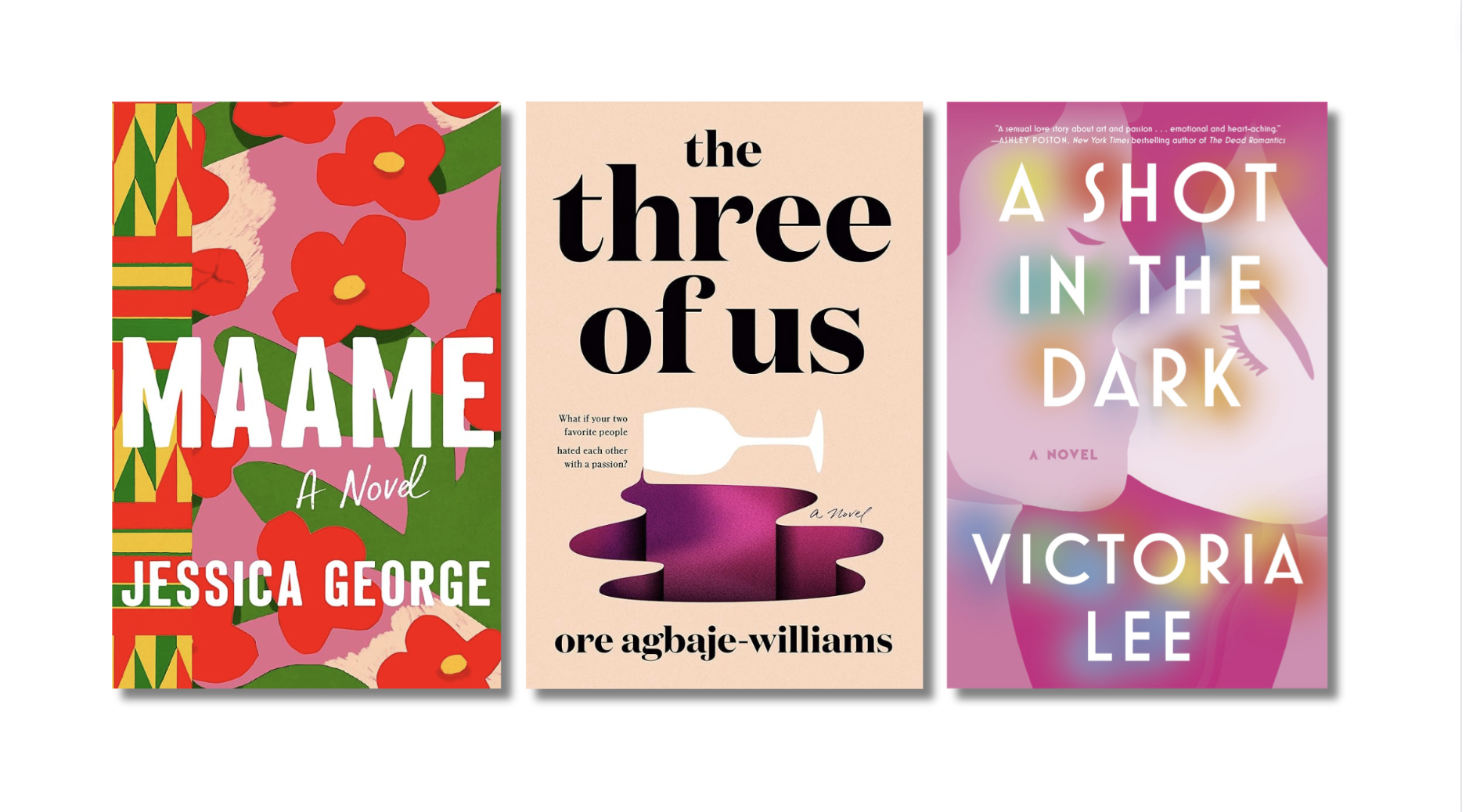The best things I read this year have not yet been translated into English. One was Il tempo materiale, by Giorgio Vasta. First published in 2010 in Italy, Il tempo materiale tells the story of Sicilian schoolkids in the late 70s, who, fascinated by the Red Brigades’ rhetoric, take it as a guideline for their everyday lives. Taking their cues from pop culture icons and radical politics, they redefine their relationships – to the world, to themselves – through their own ridiculous sign language and absurd felonies, in a way that becomes increasingly catastrophic.
As such, it could sound a little moralistic, if it were not for the depth and the tense weirdness of the writing. Taking the point of view of a gifted but slightly oddball child with a taste for precise and strange sensations (he spends some of his time licking the tv screen) and a curious use of words (he nicknames his family members the Thread, the Stone, or the Cotton), the novel quickly becomes a quirky and often comical inquiry about the ways language authorizes or forbids access to reality, especially when you’re a young adolescent in love with a mute girl.
It has one of the most uncanny first paragraphs ever and the last pages are just amazing for their cosmic ambition.
 But let’s face it – when it comes to Literature with a big gothic L, the Germans are the best. And if you do not mind that your reading comes along with a little mud-wrestling, then Perrudja is the book for you.
But let’s face it – when it comes to Literature with a big gothic L, the Germans are the best. And if you do not mind that your reading comes along with a little mud-wrestling, then Perrudja is the book for you.
Written in the late 20s by cult-writer-without-a-cult Hans-Henny Jahnn (musician, architect, guru of an androgynous colony of artists, and a total maverick of the mind), this book is just how I like them – able to turn my brain inside out. Imagine Ibsen’s Peer Gynt rewritten four-handedly by a bisexual Joyce and a mystical Musil, and you’re about halfway there.
Telling the improbable experiences of an immensely rich man living in the wild Norwegian forest, it is a series of baffling paradoxes: a realistic description of Norwegian rural life but for pure expressionist purposes; characters chiseled out from the monolith of myth and yet affected with all the symptoms of the most fastidious modernist psychology; a sublime depiction of nature in his most crude, even gross aspects, but with a fascination for an extremely refined culture; a study of global techno-capitalism, but steeped in the memory of golden age utopias. It is wildly barbaric and incredibly sophisticated, incarnate and abstract, meticulous and yet exuberant – and all in a single sentence.
Reading it sometimes feels a bit like being sewn in sackcloth, clubbed and thrown down in a mountain torrent – but a very powerful and often beautiful one. Readers beware: other book may pale by comparison – and writers, be warned that this can be a humbling experience.
More from A Year in Reading 2011
Don’t miss: A Year in Reading 2010, 2009, 2008, 2007, 2006, 2005
The good stuff: The Millions’ Notable articles
The motherlode: The Millions’ Books and Reviews
Like what you see? Learn about 5 insanely easy ways to Support The Millions, The Millions on Twitter, Facebook, Tumblr.

